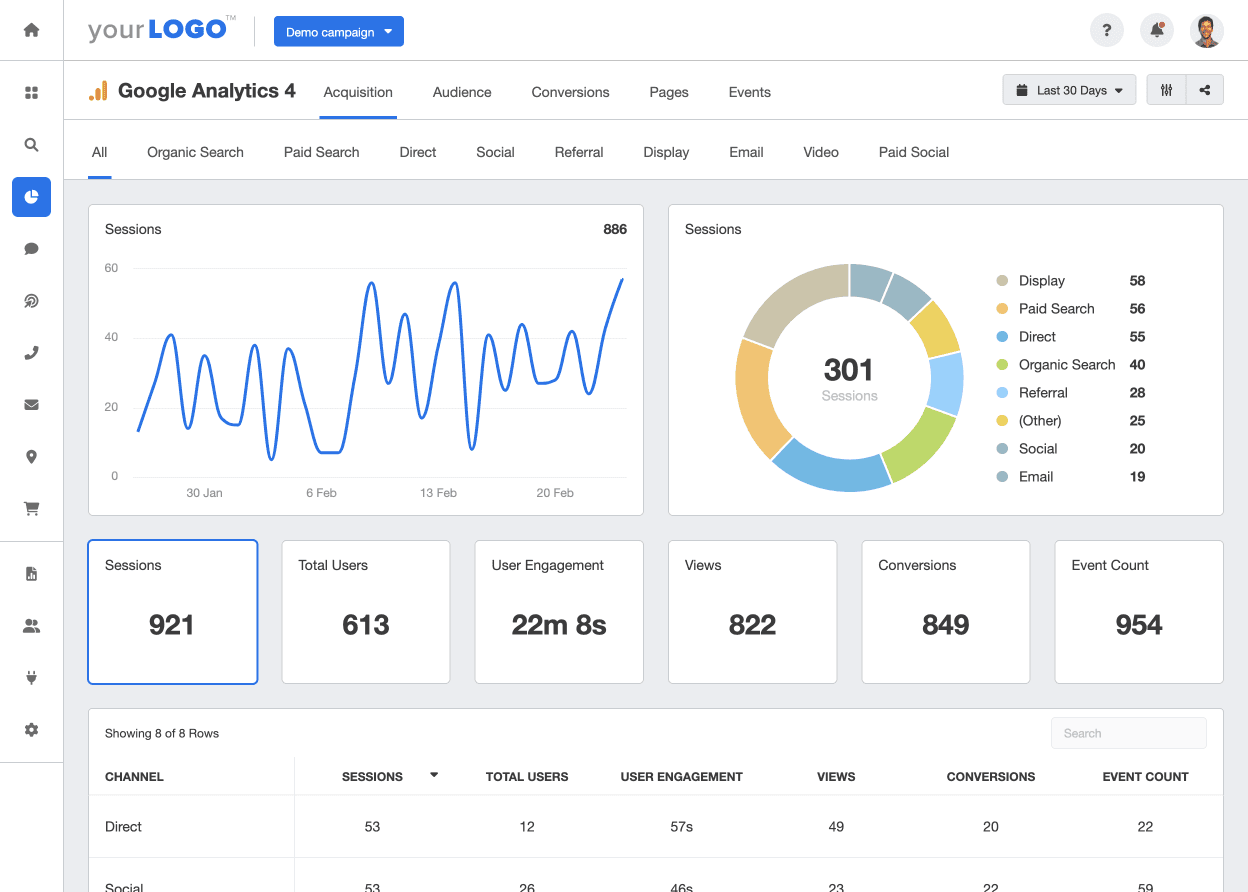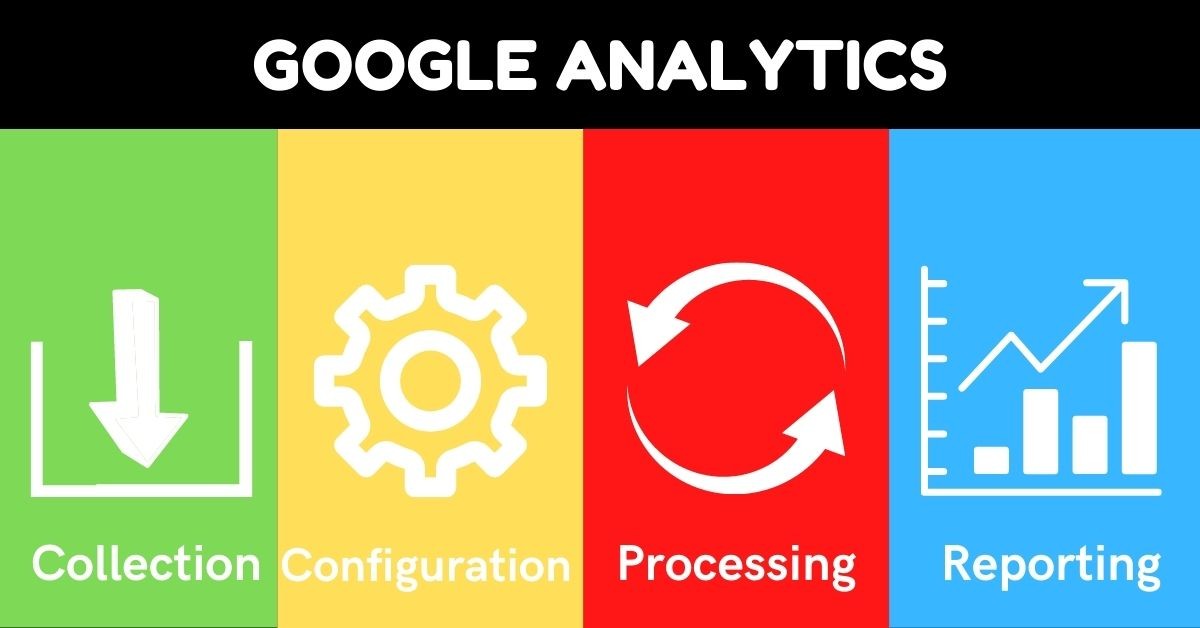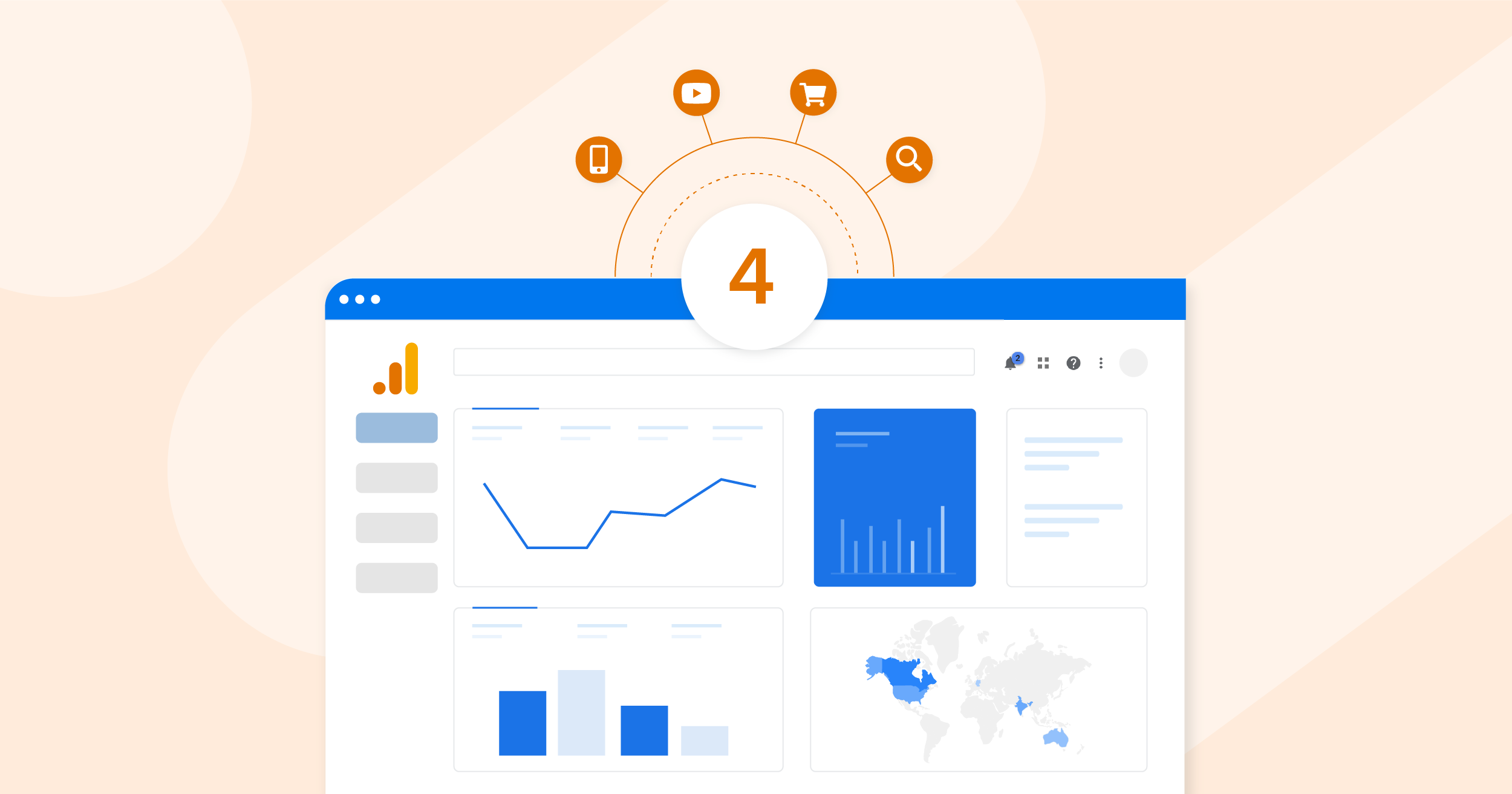When Does the Google Analytics Tracking Code Send an Event Hit to Analytics? Timing and Best Practices Explained
When Does the Google Analytics Tracking Code Send an Event Hit to Analytics? Timing and Best Practices Explained
Blog Article
Maximize Your Web Site Performance With Google Analytics Tracking Code
In the electronic landscape, understanding individual interactions with your web site is crucial for optimization. This strategic execution not only notifies your decisions but additionally paves the means for an extra interesting customer experience.
Comprehending Google Analytics
Comprehending Google Analytics is essential for site owners and marketers aiming to enhance their on the internet existence. This powerful device supplies essential understandings right into user habits, enabling stakeholders to make data-driven decisions. By tracking different metrics, such as page sights, bounce prices, and customer demographics, Google Analytics aids recognize which elements of an internet site are performing well and which require renovation.
One of the key attributes of Google Analytics is its capability to segment information. Users can analyze website traffic sources, user involvement, and conversion prices throughout different sectors, such as geographic locations or device kinds. This granularity makes it possible for marketing professionals to tailor their approaches to certain audiences, thus enhancing the performance of their projects.

Establishing Tracking Code
To harness the full possibility of Google Analytics, establishing the monitoring code correctly is a basic step. The monitoring code, a bit of JavaScript, allows Google Analytics to collect information about customer interactions on your internet site. To start, visit to your Google Analytics account and browse to the Admin area. Under the Property column, choose "Monitoring Information" and afterwards "Monitoring Code." Below, you will certainly locate your one-of-a-kind monitoring ID, which starts with "UA-" adhered to by a collection of numbers.
Next, you'll require to install this code into the HTML of your internet site. Ideally, put the tracking code just before the closing tag on every page you want to check. If you're using a content monitoring system (CMS) like WordPress, consider utilizing plugins that assist in simple assimilation.
After executing the code, it's essential to validate its functionality. Make use of the "Real-Time" records in Google Analytics to validate that data is being accumulated as anticipated. By guaranteeing proper setup, you produce a strong structure for reliable information analysis and strategic decision-making to improve your site's performance.
Key Metrics to Monitor
Frequently keeping track of crucial metrics in Google Analytics is crucial for evaluating your website's efficiency and customer engagement. Amongst the essential metrics to track are web page views, which offer understanding right into exactly how usually individuals visit different web pages on your website. Furthermore, unique site visitors assist you understand the reach of your material by showing the amount of distinctive individuals are engaging with your website over a given period.
Bounce rate is another crucial statistics, disclosing the percentage of site visitors that leave your site after viewing only one page. A high bounce rate might signal issues with material relevance or user experience. On the other hand, session period suggests how much time visitors remain on your site, assisting you determine content effectiveness and individual interest.
Conversion rates are important for gauging the success of your site in accomplishing great post to read certain objectives, such as type submissions or item acquisitions (when does the google analytics tracking code send Visit This Link an event hit to analytics?). Monitoring traffic sources is also essential, as it helps identify which networks drive the most traffic and conversions, enabling even more targeted marketing methods
Analyzing Visitor Behavior

Furthermore, tracking user pathways with the site helps expose common navigation patterns. This info is essential in establishing whether customers can easily discover the material they look for or if they encounter barriers that cause frustration. Identifying high exit pages can highlight locations that might require redesign or more appealing content to keep visitors.
Additionally, segmenting customers based on demographics, interests, and actions offers a deeper understanding of the target audience. This segmentation allows companies to tailor web content and advertising and marketing techniques better, raising the probability of conversions. Inevitably, examining site visitor actions not just informs site enhancements yet also cultivates an extra user-centric strategy, causing improved complete satisfaction and commitment over time.
Executing Data-Driven Adjustments
Executing data-driven modifications is necessary for enhancing website efficiency and attaining company goals. By leveraging insights gathered from Google Analytics, businesses can recognize areas for improvement and make notified decisions to optimize user experience.
First, assess crucial performance indications (KPIs) such as bounce rates, session duration, and conversion rates to identify specific problems affecting customer engagement - when does the google analytics tracking code send an event hit to analytics?. As an example, a high bounce rate on a touchdown web page might indicate that the material is not reverberating with visitors or that the page takes also long to tons

Final Thought
In verdict, the application of Google Analytics tracking code is crucial for optimizing website efficiency. By precisely checking user actions and crucial metrics, beneficial insights can be acquired, facilitating data-driven decision-making.
By tracking different weblink metrics, such as page sights, bounce prices, and customer demographics, Google Analytics assists identify which facets of a web site are doing well and which need renovation.
Users can assess web traffic sources, user interaction, and conversion prices throughout different segments, such as geographical locations or device types. The tracking code, a bit of JavaScript, makes it possible for Google Analytics to gather data regarding customer communications on your site.On a regular basis keeping track of vital metrics in Google Analytics is essential for assessing your internet site's efficiency and user interaction. By leveraging Google Analytics, web site owners can acquire beneficial insights into just how users connect with their website.
Report this page